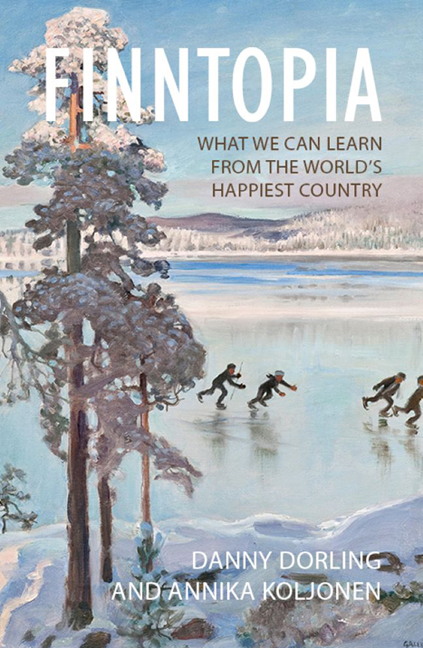8 - Demography and environment
Published online by Cambridge University Press: 20 December 2023
Summary
“I was with the president of Finland and he said ‘we have, much different, we are a forest nation’. He called it a forest nation. And they spend a lot of time on raking and cleaning and doing things, and they don't have any problem. And when it is, it's a very small problem. So I know everybody's looking at that to that end.”
US President Donald Trump in 2018, recalling a conversation he never had about how Finland avoids forest fires (Kelly 2018)Decreasing fertility and the effects of climate emergency are phenomena that all western, developed countries face. On the one hand, a shrinking and greying population risks the future tax base needed to fund government policies. On the other hand, a larger population would almost inevitably use up more of the planet's scarce resources and further intensify climate change. Immigration is proposed as the solution. The previous chapter illustrated the difficulties Finnish politics and society have faced in adapting to immigration, and detailed the populist backlash against multiculturalism. This chapter, on demography and the environment, delves further into how the contradictory need for greater fertility and the certain need for climate action has played out in Europe, as this will significantly affect Finland's capacity to sustain its welfare state at current levels.
Long-term trends in birth and death rates in Finland reflect the country's chequered history. Spikes in the death rate followed major events such as the 1808–09 war between Sweden and Russia, which culminated in Finland being ceded to its eastern neighbour; and in the Finnish famine of 1866–68 some 270,000 people – 9 per cent of the population – died of hunger. The civil war in 1918 that followed Finnish independence from Russia in 1917 led to the deaths of 37,000 people – mostly men in prison camps. There were smaller spikes during the Winter War (1939–40) and the Continuation War (1941–44) against the Soviet Union, when around 96,000 Finns (2.5 per cent of the population) perished. Since 1945, annual death rates have remained low and stable, at 10 per 1,000 population, while in the past few years birth rates have fallen so low that they are now below death rates (see Figure 8.1).
- Type
- Chapter
- Information
- FinntopiaWhat We Can Learn from the World's Happiest Country, pp. 193 - 218Publisher: Agenda PublishingPrint publication year: 2020



